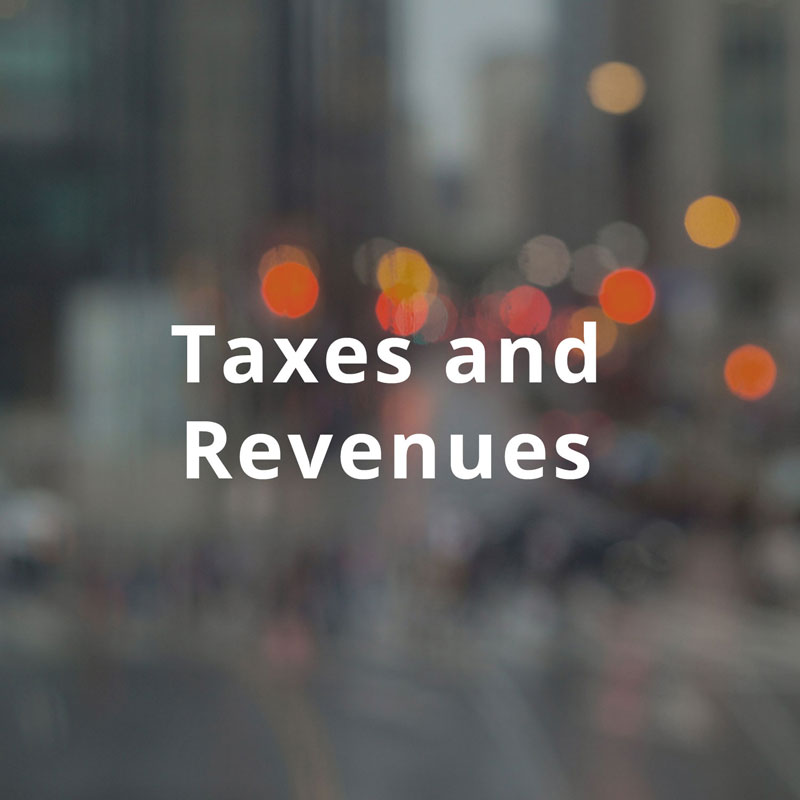A Check-up on Toronto’s Fiscal Health, 2018
Before the last municipal election in 2014, IMFG issued a Perspectives Paper on Toronto’s Fiscal Health (Is Toronto Fiscally Healthy? A Check-up on the City’s Finances by Enid Slack and André Côté). In that paper, we undertook an assessment of the state of the City’s finances in four areas: spending and services; taxes and revenues; debt and savings; and infrastructure.
At the time, we likened Toronto’s fiscal health to the health of an aging Maple Leafs defenseman: he may be a solid performer on the ice and well cared for by training staff, but he is increasingly expensive and in need of major knee surgery. What we meant was that Toronto’s fiscal health was pretty good by most measures but that it faces cost pressures and its aging infrastructure and investment needs present a huge financial challenge. In short, the evidence showed that the City did not have a spending problem. Residential property taxes were low and had been growing slowly. Toronto’s debt was relatively modest and manageable for a growing city. But, the City could not maintain the infrastructure it has or invest in what it needs without new revenues.
It’s now four years later, and it is election time again, so we have decided to update our findings on Toronto’s fiscal health. The charts and graphs which follow update information on spending and services; taxes and revenues; debt; and infrastructure. The findings are quite similar to what they were four years ago.




